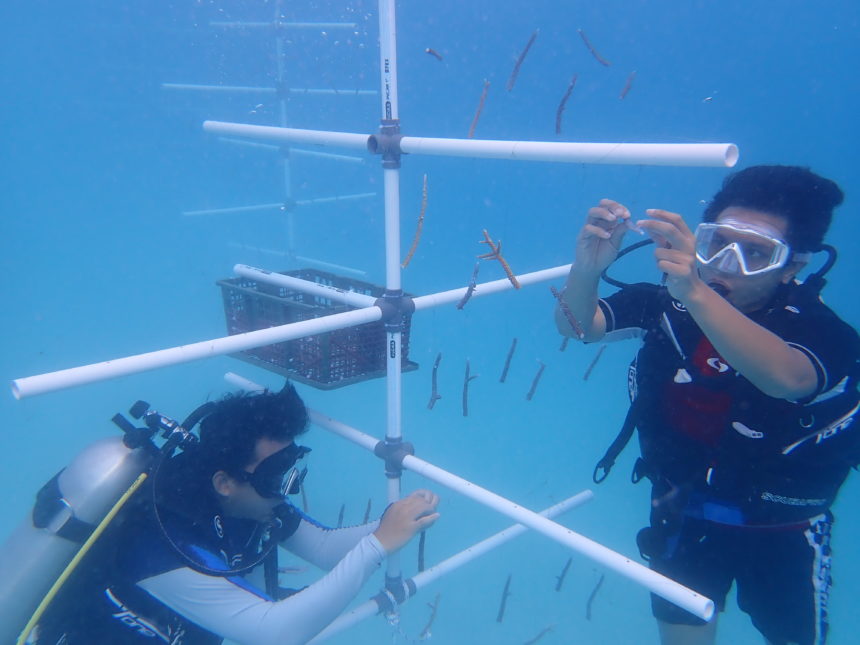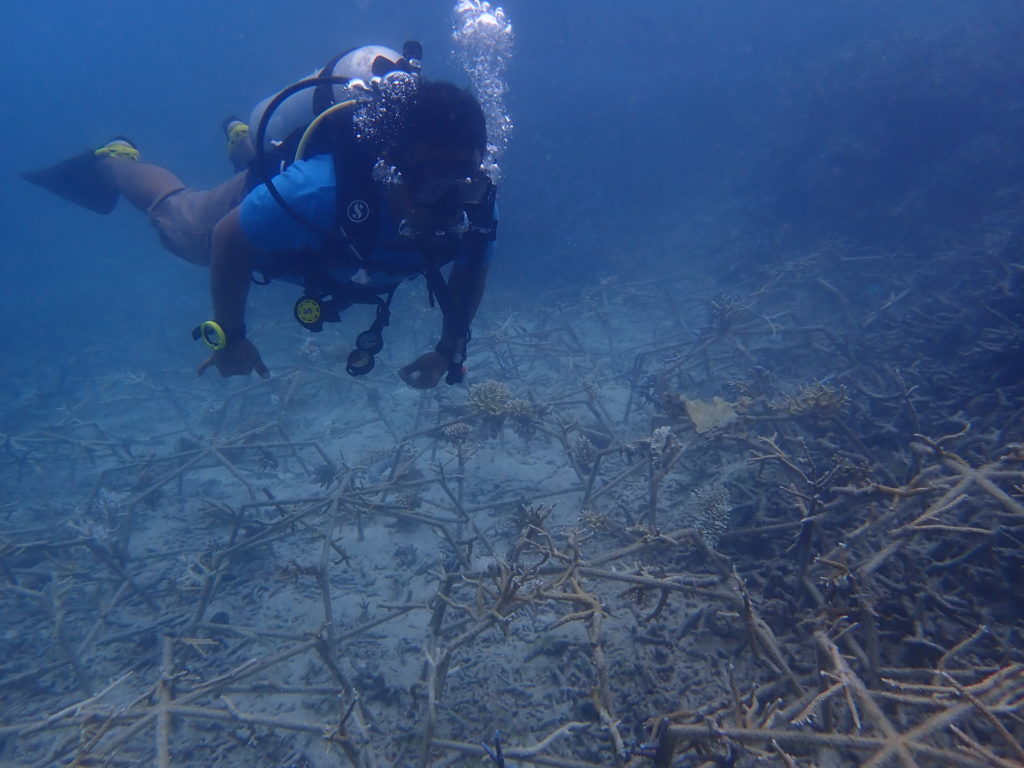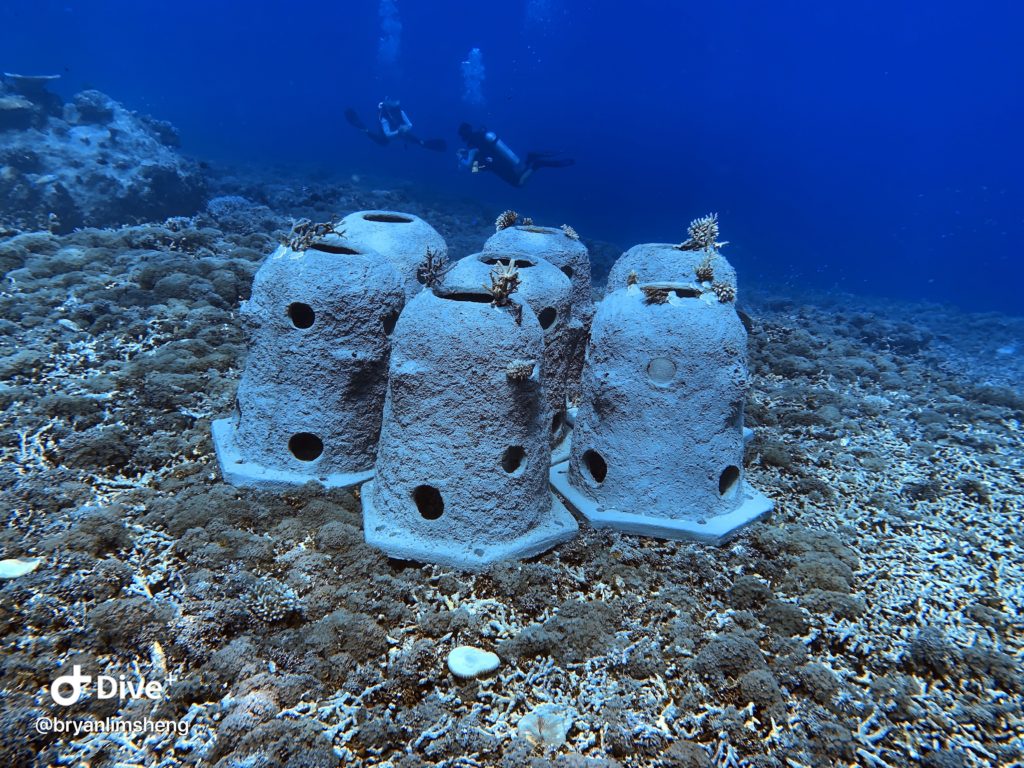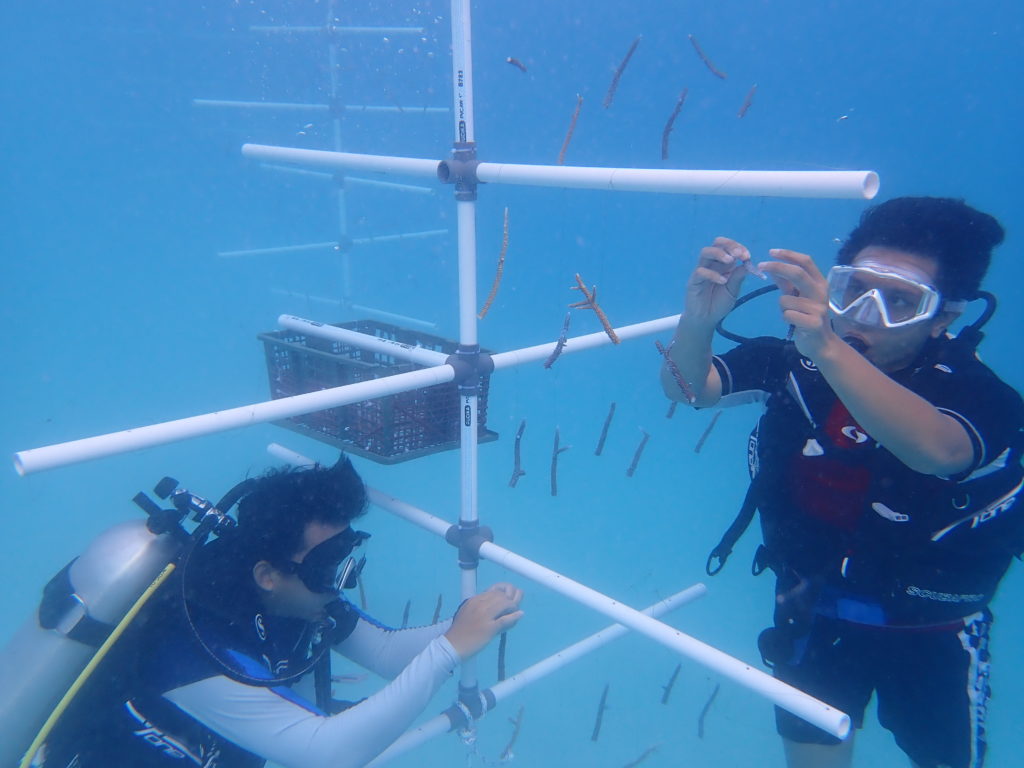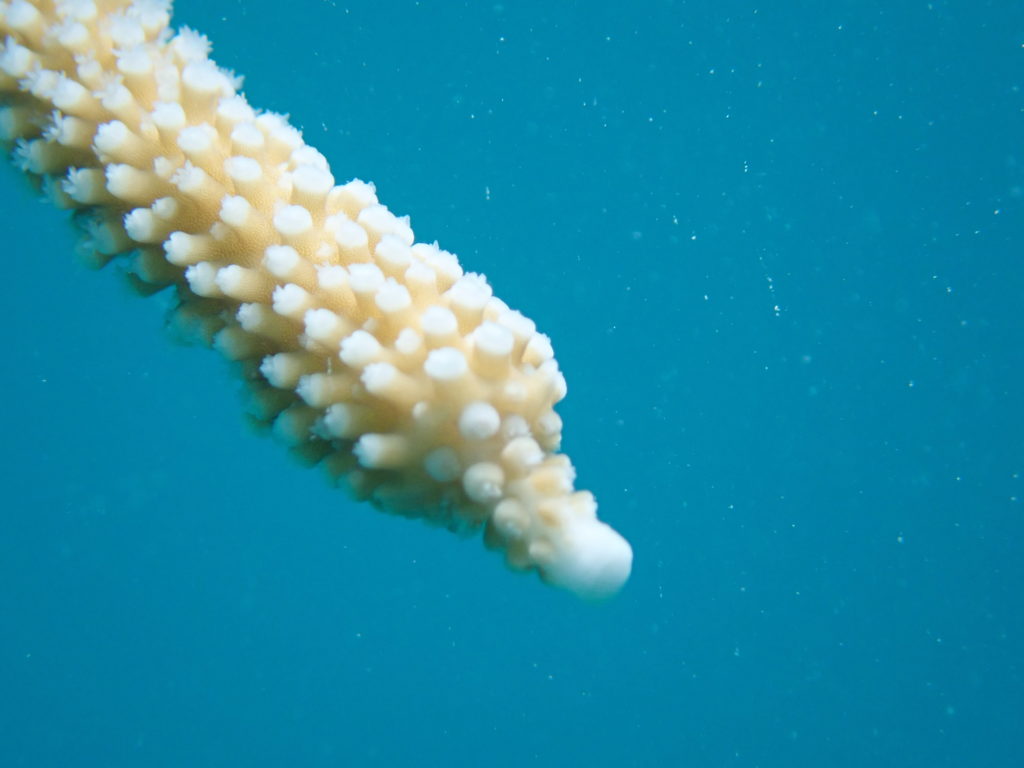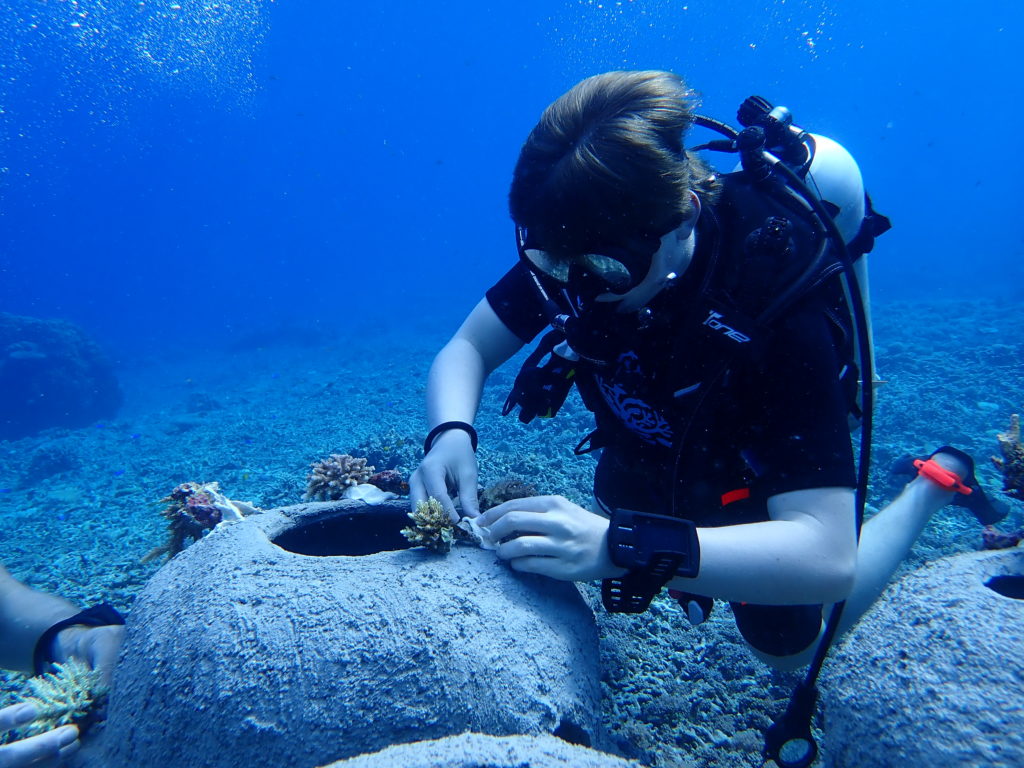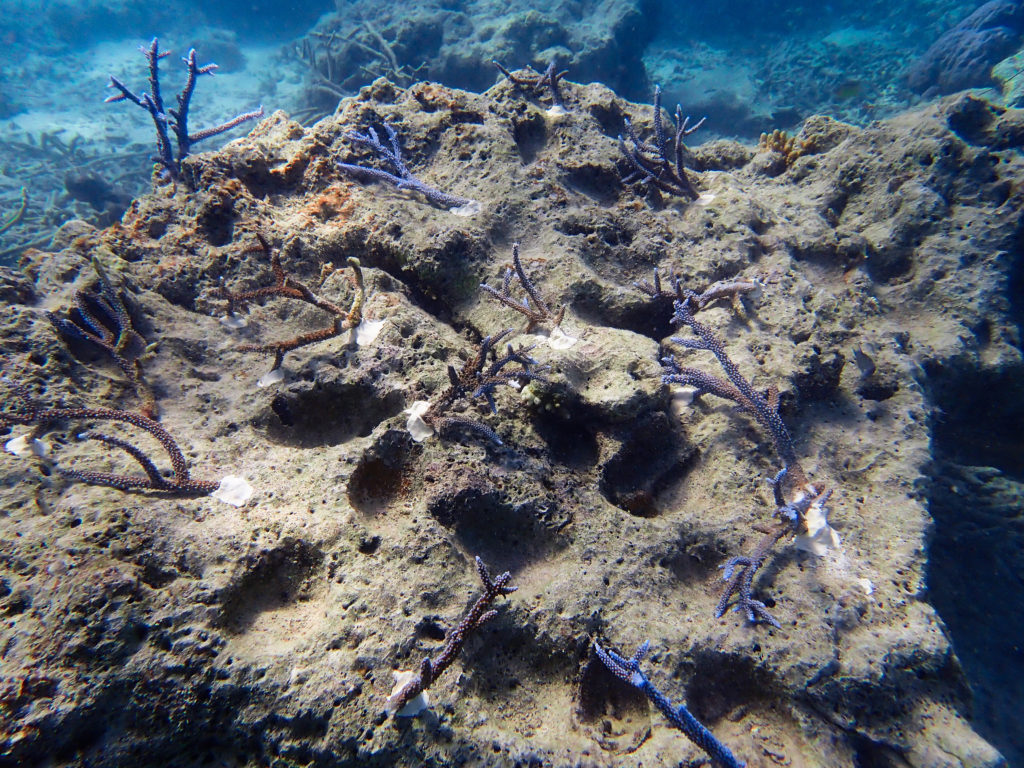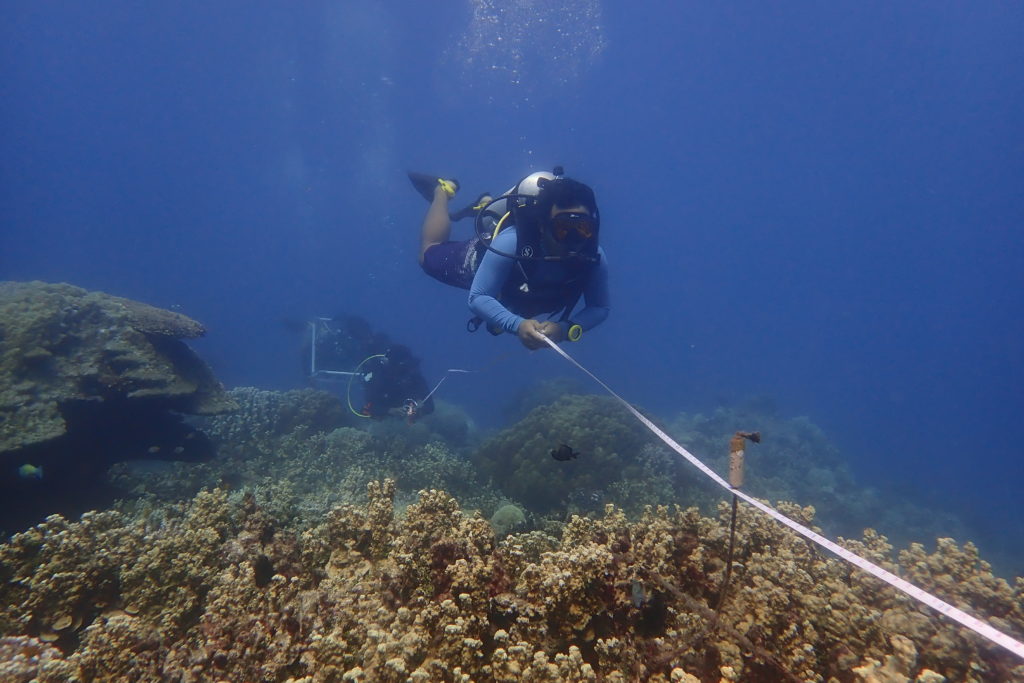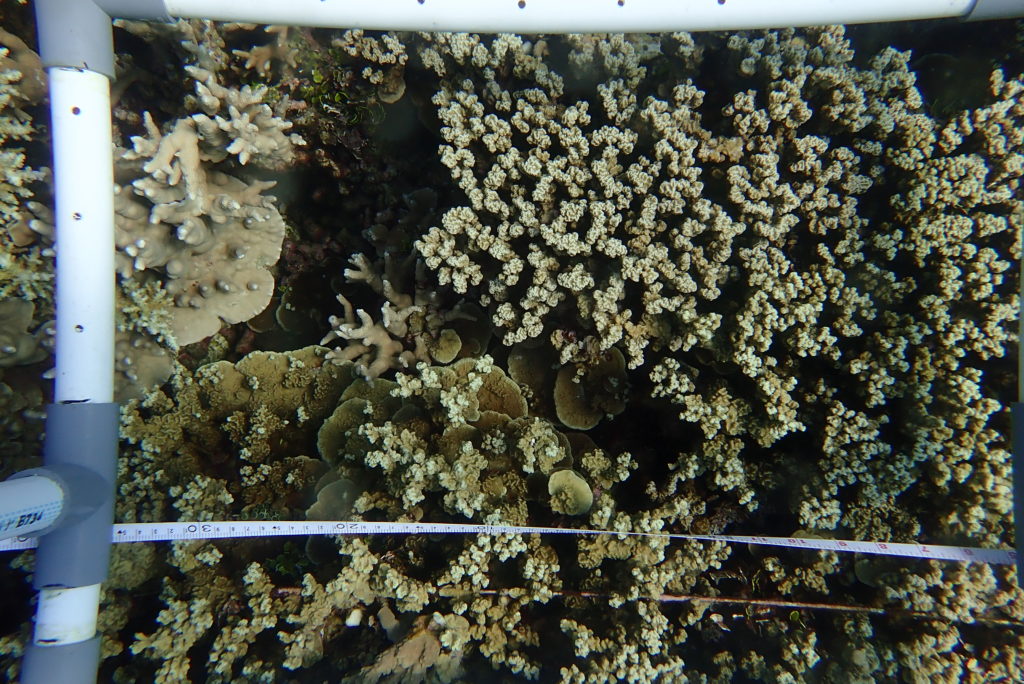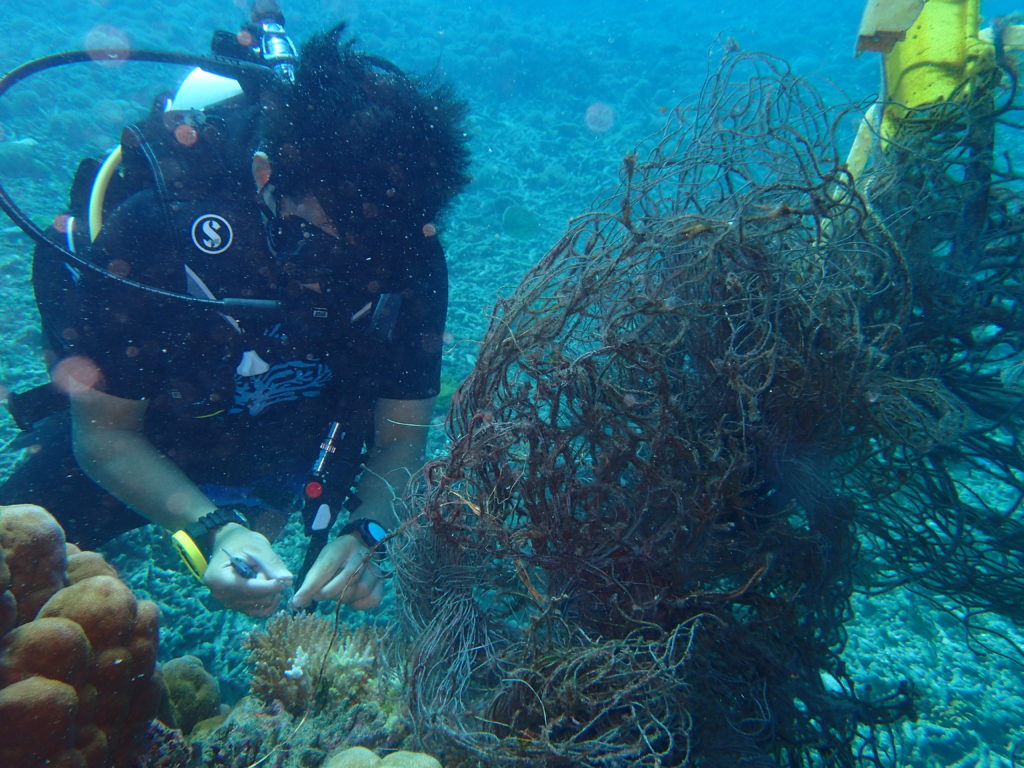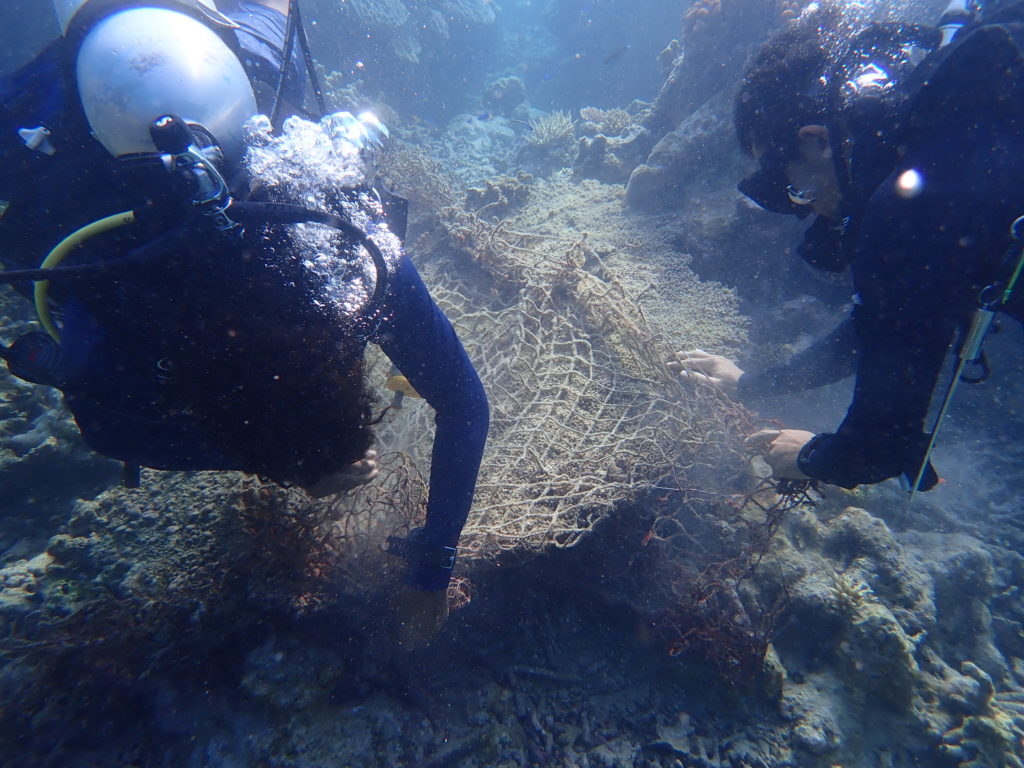Bawah Island and the surrounding lagoons are favorite places for fishermen to rest after a long day at sea. Back in the day, these fishermen would also catch fish in these locations, however this practice heavily destroyed the marine ecosystem due to harmful practices like dynamite fishing or the use of poison by irresponsible fishermen.
The marine ecosystem never fully recovered, even after the area had been designated as a marine protected area.
When Bawah Anambas Foundation was established, we made it our top mission to restore the coral reefs and create a healthy ecosystem in the surrounding waters and we are doing so by these following activities:
1. Artificial Reef
Explosions from dynamite fishing left behind coral rubbles on seabed. In order to grow, corals need strong substrate. Small-sized rubbles aren’t ideal because they are unstable and light. This is where artificial reef comes into play, it serves as an ideal place for corals to attach and grow and help their recovery process. Currently there two types of artificial reefs in Bawah Island: hexadome and coral spider.
Hexadome is a concrete structure made to resemble a dome with a huge hole in the middle. Apart from being a place for corals to grow, hexadome is also used by fish as a shelter. Coral spider meanwhile is made of iron and then coated with sand to prevent corrosion from seawater. The way it works is by securing coral fragments on top of coral spider structures and let them grow. These methods have long been carried out in several locations throughout Indonesia and are proven to work.
Currently there are 30 hexadomes and 100 coral spiders that have been installed in Bawah Island.
2. Coral Tree Nursery
The idea for coral tree nursery came from Coral Restoration Foundation in Florida, United States. Coral fragments scattered around Bawah Island are collected and hung on coral trees for six months to one year before relocating them to another location through a process called coral transplantation. At the time of writing we have 10 coral tree nursery units with 600 coral fragments. Moreover, based on observations done by the BAF team the life expectancy of corals that are grown using this method is pretty high, around 90%. The most-common species of coral found in Coral Tree Nursery is staghorn coral which has the fastest growing rate.
3. Coral Transplantation
Large pieces of dead corals with their limestone structure intact are important for coral transplantation method. The process begins by taking young corals from the coral tree nursery, or coral fragments found around Bawah Island and attach them to the dead corals using marine epoxy. So far more than 500 coral fragments have been transplanted around Bawah Island.
4. Reef Health Monitoring
Reef Health Monitoring in Bawah Island has been regularly held once a year since 2019. It is an important activity since Bawah Island is part of marine protected area. The activity aims to evaluate the condition of coral reefs, coral cover and biomass of coral reef fish. Latest assessment that compares the results from 2019 to 2020 results shows positive changes both from coral cover and fish biomass.
5. Underwater Clean-Up
BAF together with Bawah Reserve and Orca Nation, with the latter serves as Bawah Island’s diving operator, routinely conduct an underwater clean-up activity. Tons of waste found in the ocean have been collected and further processed on land through this activity.
The waste can come from anywhere since Bawah Island is located in the middle of South China Sea, but fish nets make up a large proportion of them. Fishermen often take the easy way out when their fishing lines and nets get entangled and stuck on corals, they simply just cut and dump them into the ocean without thinking of the consequences. These left behind nets and lines are known as ghost fishing gear because they can trap wildlife underwater and kill them.
